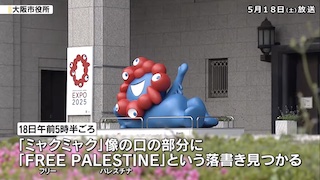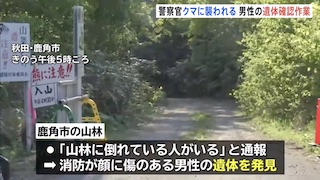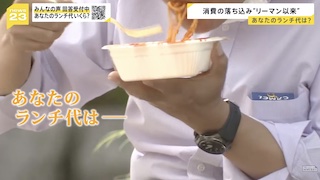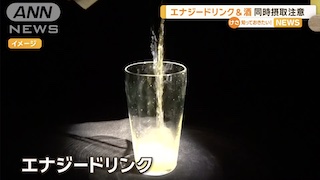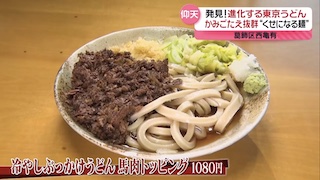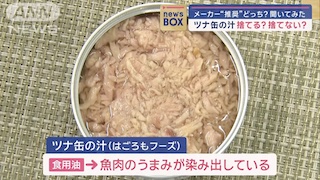TOKYO, Mar 25 (News On Japan) - When hunger strikes between meals or when you're looking for a change of pace, snacks become an appealing option. But what should you eat and how should you eat it to avoid gaining weight?
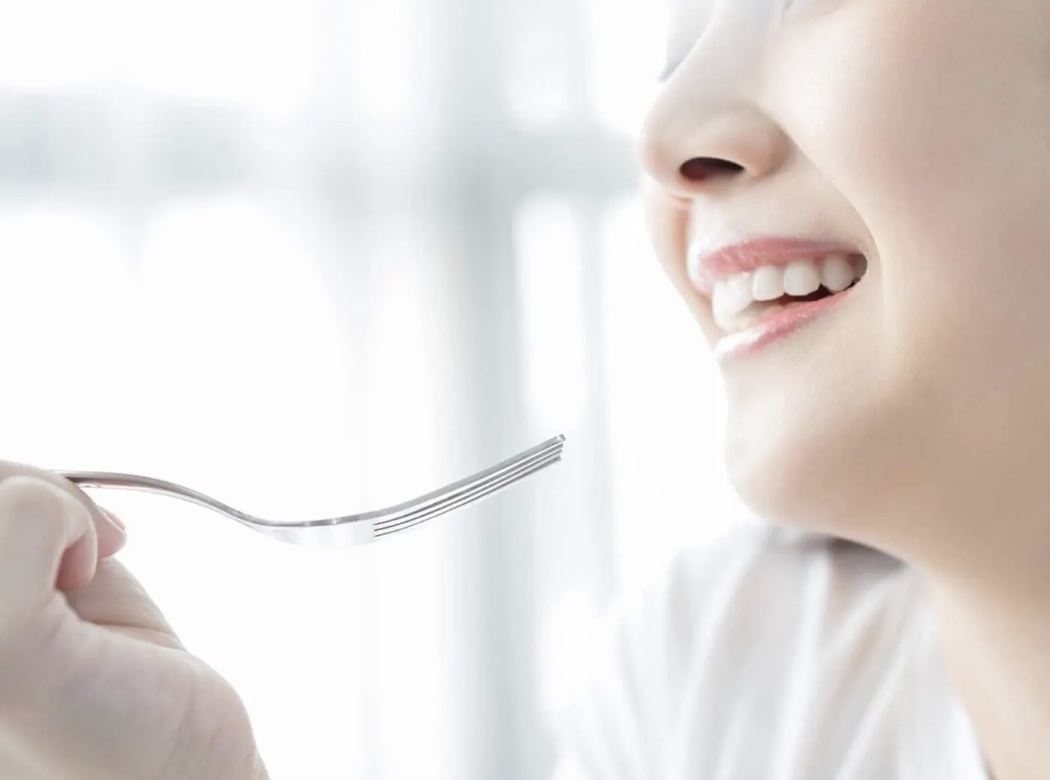
The key to choosing snacks that are less likely to cause weight gain and are healthy is not consuming too much sugar. Consuming too much sugar can spike your blood sugar levels quickly, making it easier to store fat. Additionally, a rapid drop in blood sugar levels can lead to a return of hunger pangs, creating a cycle of craving more sweets.
If we shift our mindset from "snacks = sweet treats" to "snacks = supplementing nutrients that are often lacking," our perspective on choosing snacks changes. Here are three recommended types of snacks that are less likely to cause weight gain.
Dairy products such as cheese and yogurt Dairy products like cheese and yogurt allow you to consume proteins and calcium, which are often lacking in the Japanese diet, while being low in calories and carbohydrates.
For example, a single piece of processed cheese from a six-pack contains about 55 kcal, approximately 0.6g of carbohydrates, and about 100mg of calcium.
Furthermore, foods containing proteins and fats tend to be more satisfying, which is another reason they are recommended as snacks. Choose unsweetened yogurt or those with the lowest possible sugar content.
Nuts Almonds, walnuts, and other nuts are great snacks that provide protein and healthy fats, making them filling. They are also rich in dietary fiber, which helps prevent blood sugar levels from rising quickly, making them perfect for weight-conscious snacking.
Nuts are also packed with other nutrients such as calcium, magnesium, zinc, and iron, which can have health benefits. However, nuts are high in fats, so overeating can lead to excessive calorie intake. Aim for about 10 nuts a day as a snack.
Fruits Fruits are recommended for those who crave something sweet. They are lower in calories and allow you to consume vitamins and dietary fiber. The sweetness in fruits comes from a type of sugar called fructose, which is said to raise blood sugar levels less significantly.
Among fruits, those with lower sugar content include citrus fruits like oranges and grapefruits, and kiwifruits.
Snacks High in Carbohydrates Can Lead to Weight Gain...
Snacks that are more likely to cause weight gain are those high in carbohydrates. Excessive carbohydrate intake can cause a rapid increase in blood sugar levels, which makes it easier to store fat. Snacks that contain a lot of carbohydrates include sweets made from sugar, flour, rice, and tubers. Here are four typical high-carbohydrate snacks.
Sweet breads such as cream buns, melon bread, chocolate bread, and red bean buns are high in carbohydrates because they are made with flour and sugar. They are also soft and easy to eat, which can lead to overconsumption.
Baked sweets like cookies and madeleines, as well as cakes and doughnuts, are primarily made from carbohydrate-rich flour and sugar. Chocolate, which is also rich in sugar, can make chocolate cookies and chocolate cakes even more likely to cause weight gain.
While they don't contain sugar, potato chips and corn snacks are made from potatoes and corn, which are high in carbohydrates. Fried snacks also have added fats, increasing their calorie content.
Many people believe that Japanese sweets are less fattening than Western sweets, but mochi and dorayaki contain a lot of carbohydrates in their dough and red bean paste. Japanese sweets made from rice flour, mochi, and sweetened red bean paste can be surprisingly high in carbohydrates and are snacks that can lead to weight gain, so caution is needed.
Three Tips to Keep in Mind to Avoid Gaining Weight When Eating Snacks
To avoid gaining weight, here are three tips to keep in mind when eating snacks.
Eat with a daily limit of 200 kcal in mind When eating snacks that are more likely to cause weight gain, first aim for a daily limit of 200 kcal, portioning out your snack before eating. This 200 kcal guideline is based on the "Food Balance Guide" by the Ministry of Agriculture, Forestry and Fisheries, and the Ministry of Health, Labour and Welfare, which is a benchmark for enjoying sweets and beverages in moderation.
If you tend to overindulge in snacks, aiming for a maximum of 200 kcal is a good start. This 200 kcal guideline is equivalent to half a bar of chocolate, half a bag of potato chips, or one small red bean bun. Use the nutrition facts label to adjust the amount you eat.
Mindless snacking can lead to overeating, so it's recommended to decide in advance how much to eat. For example, setting aside a specific snack plate and limiting yourself to one plate per day can help you enjoy even the snacks that are more likely to cause weight gain. A good size for the plate is one that fits in the palm of one hand. Not stocking up on snacks is also important to prevent overeating.
Eat before 3 p.m. The best time to have a snack is around 3 p.m. Eating snacks after this time, especially after dinner or before bed, can lead to weight gain due to an increase in BMAL1, a protein that promotes fat storage.
Source: modelpress



